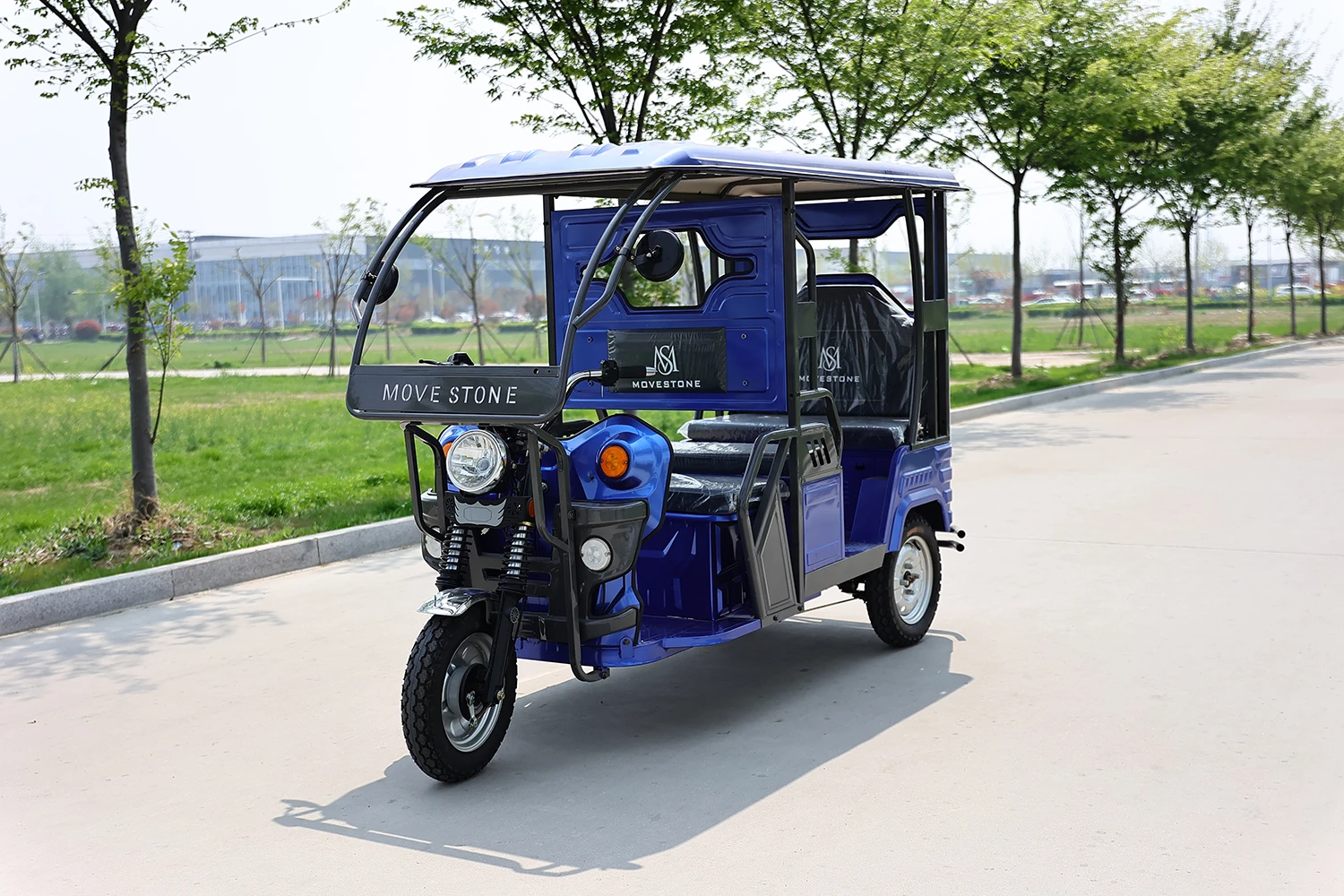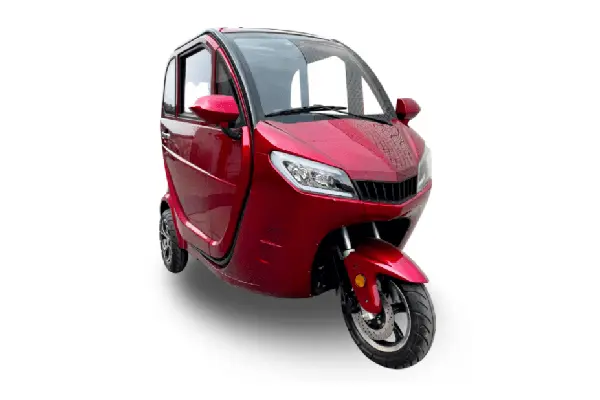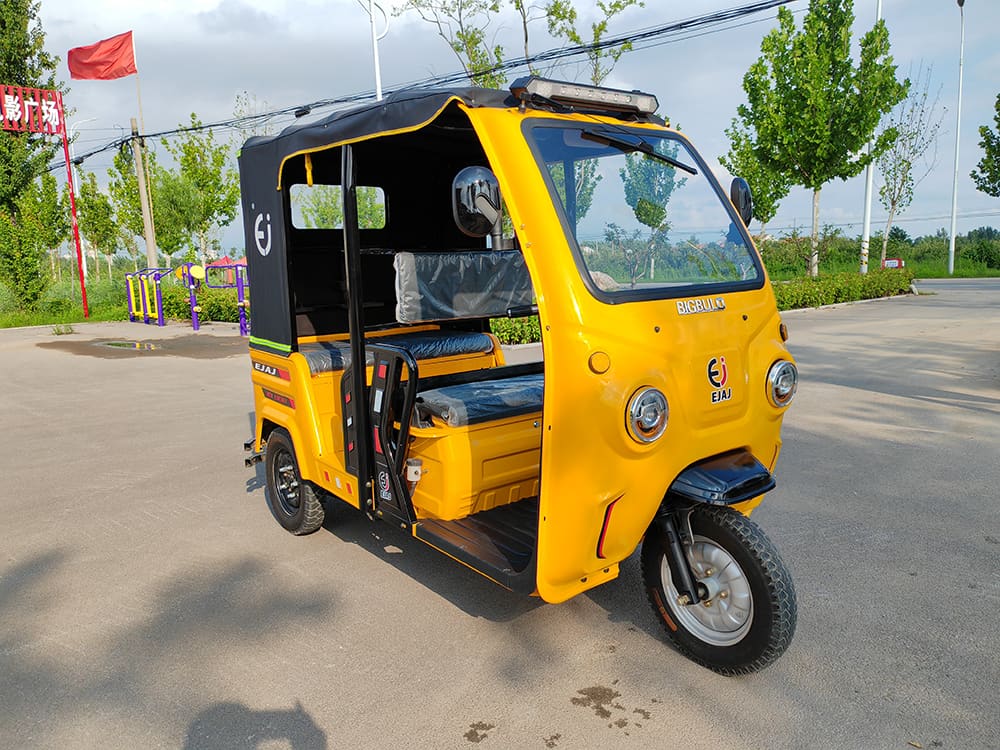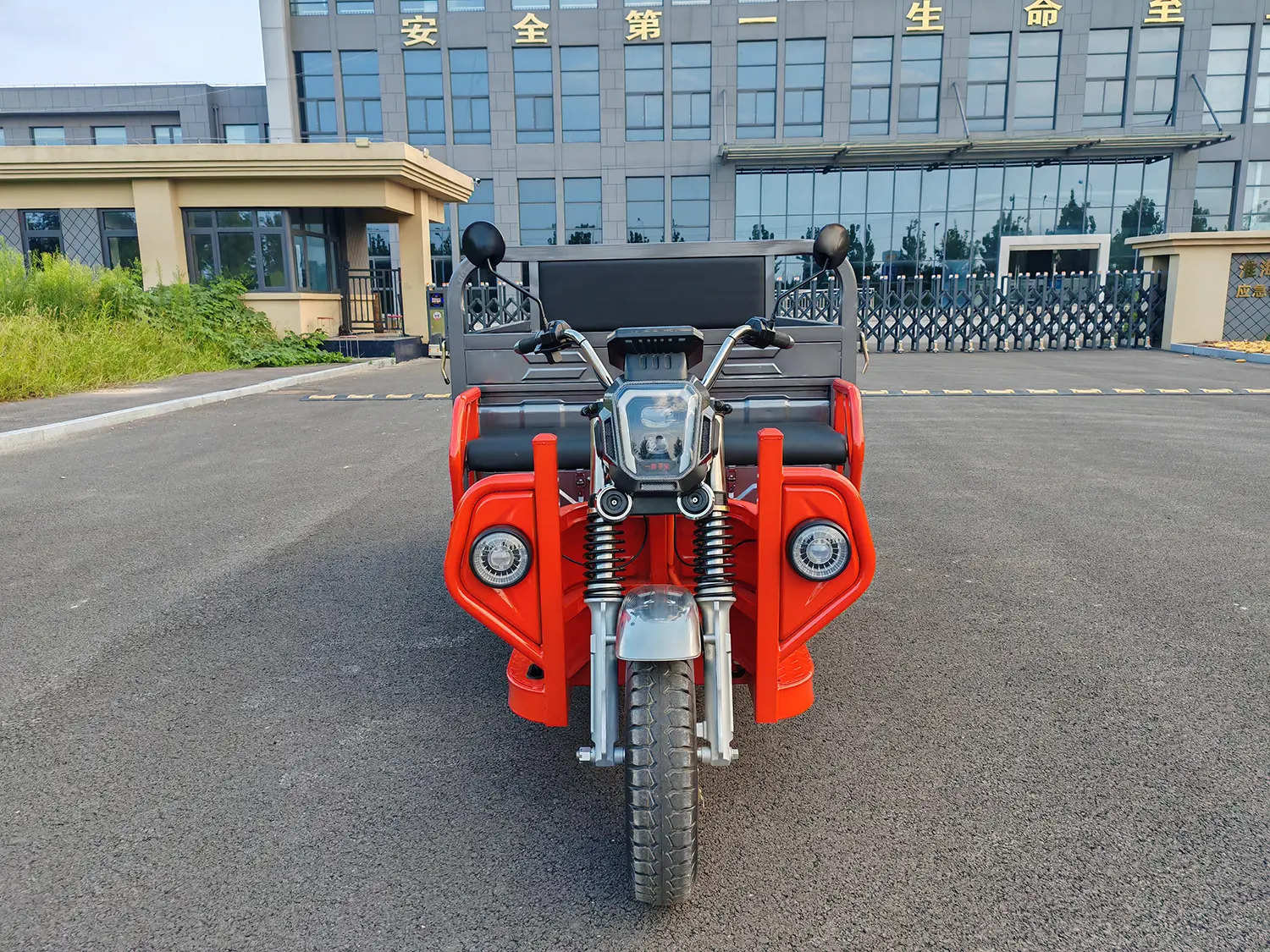This article explores the key differences between 3-wheel and 4-wheel mobility scooters, helping you determine which type of scooter is the best choice for your individual needs. Whether you prioritize maneuverability in tight spaces or stability on uneven terrain, understanding these distinctions is crucial for making an informed decision and investing in the perfect mobility solution. We will be looking at the benefits from a B2B perspective, but the information will also be suitable for individuals.
1. What are the Key Differences Between 3-Wheel and 4-Wheel Mobility Scooters?
The most obvious distinction between 3-wheel and 4-wheel mobility scooters is the number of wheels. A 3-wheel mobility scooter has a single front wheel, while a 4-wheel mobility scooter has two wheels at the front and two at the back. This fundamental design difference impacts several key aspects, including stability, maneuverability, turning radius, and overall suitability for various environments. This directly affects use cases.
3-wheel scooters typically offer a tighter turning radius, making them ideal for indoor use and navigating tight spaces. 4-wheel scooters provide enhanced stability and are better suited for outdoor use and rough terrain. The choice depends on where the scooter will be used the most. For instance, a delivery company operating in a dense urban environment with narrow streets might favor 3-wheel scooters, while a tourism company operating in a park with gravel paths might prefer 4-wheel scooters.
2. How Does Maneuverability Differ Between 3-Wheel and 4-Wheel Scooters?
Maneuverability is a critical factor, especially for businesses that require navigating crowded areas or tight corners. 3-wheel scooters excel in this area due to their single front wheel and smaller turning radius. This allows them to make sharp turns and easily maneuver through doorways, hallways, and aisles. Think of last-mile delivery companies operating in congested city centers – a 3-wheel scooter’s agility would be a significant advantage.
4-wheel scooters offer excellent stability, but their wider turning radius means they require more space to turn. While they are still maneuverable, they are not as nimble as their 3-wheel counterparts. However, this added stability is crucial for outdoor use, particularly on uneven surfaces.
3. Indoor vs Outdoor Use: Which Scooter Type is Better?
The intended environment significantly influences the best choice of scooter. 3-wheel scooters are best suited for indoor use due to their superior maneuverability in tight spaces. They can easily navigate smooth, level surfaces like those found in homes, shops, and offices.
4-wheel scooters provide greater stability, making them better suited for outdoor use. The extra wheel provides better weight distribution and reduces the risk of tipping on uneven terrain, such as grass, gravel, or sidewalks. Imagine a groundskeeping crew at a large facility. A 4-wheel scooter would provide the necessary stability for navigating various outdoor surfaces.
4. Is a 3-Wheel or 4-Wheel Scooter Better for Tight Spaces?
Without a doubt, 3-wheel scooters are the champions of tight spaces. Their single front wheel and design allow for a significantly tighter turning radius compared to 4-wheel scooters. This allows for significantly easier maneuverability in tight spaces. This is a key advantage for businesses operating in confined environments, such as warehouses or small retail spaces.
A 4-wheel scooter needs more room to maneuver, making it less ideal for navigating very tight corners or narrow passages. A business owner should carefully consider the layout of their typical operating environment before making a purchase.
5. Do 4-Wheel Mobility Scooters Provide More Stability?
Yes, 4-wheel scooters inherently offer greater stability. The two front wheels, combined with the two rear wheels, distribute weight more evenly, minimizing the risk of tipping, especially on inclines or uneven surfaces. This makes them the preferred choice for outdoor and rough terrain.
While many 3-wheel scooters are designed with stability in mind, they inherently have a higher center of gravity due to the single front wheel. 3-wheel scooter may require some careful handling. Although, many 3-wheel scooters come with anti-tip wheels for added safety.
6. What About Legroom? Do 3-Wheel Scooters Offer More?
Generally speaking, 3-wheel scooters tend to provide more legroom than 4-wheel scooters. The absence of a second front wheel assembly frees up space in the footwell area. This can be a significant benefit for taller users or those who need extra legroom for comfort or medical reasons. From a business perspective, this added comfort can translate to increased operator productivity and reduced fatigue.

4-wheel scooters, while providing excellent stability, sometimes have a slightly more confined footwell area due to the presence of the two front wheels. It’s essential to consider the ergonomic needs of your operators when choosing between the two.
7. Weight Capacity: Is There a Difference Between 3-Wheel and 4-Wheel Models?
Weight capacity is an important factor to examine. 4-wheel scooters often, though not always, have a higher weight capacity than 3-wheel scooters. This is because the four-wheel design offers greater stability and can better support heavier loads. For instance, a logistics company transporting heavy goods might opt for 4-wheel electric cargo tricycles for their increased carrying capacity.
However, there are 3-wheel scooters available with substantial weight capacities. It’s crucial to check the specifications of individual models to ensure they meet your needs. Zhiyun offers a variety of models to suit different load requirements.
8. Safety Features: Anti-Tip Wheels and Other Considerations.
Safety is paramount. Many 3-wheel scooters come equipped with anti-tip wheels, small wheels located at the rear of the scooter that prevent it from tipping backward on inclines. This is an important feature to look for, especially if the scooter will be used on ramps or uneven surfaces.
4-wheel scooters are inherently more stable and less prone to tipping, but they can still benefit from features like good braking systems and lighting for visibility. Always prioritize safety features when making your decision.
9. How to Choose the Right Mobility Scooter for Your Needs.
Choosing the right mobility scooter depends on your specific requirements and how you plan to use the scooter. Consider the following factors:
- Primary Use (Indoor/Outdoor): If the scooter will primarily be used indoors, a 3-wheel scooter is likely the best fit. For primarily outdoor use, a 4-wheel scooter is generally better suited.
- Maneuverability Requirements: If navigating tight spaces is essential, a 3-wheel scooter with its tighter turning radius is the superior choice.
- Stability Needs: If stability is a top priority, especially on uneven terrain, a 4-wheel scooter offers enhanced stability.
- Legroom: If extra legroom is needed, a 3-wheel scooter may be more comfortable.
- Weight Capacity: Ensure the chosen scooter has a weight capacity that meets your or your cargo’s requirements.
- Budget: Balance your desire features with the cost of the machine.
Consider all the pros and cons of 3-wheel vs 4-wheel mobility scooters and help you decide what works.10. What are the Advantages of 3-wheel Scooters for Businesses?
3-wheel scooters offer several advantages specifically for businesses:
- Cost-Effectiveness: Generally, 3-wheel scooters are less expensive than 4-wheel counterparts, making them a more budget-friendly option for fleet purchases.
- Maneuverability: Their superior maneuverability in tight spaces makes them ideal for warehouses, factories, retail environments, and dense urban areas.
- Lightweight and Compact: Their smaller size and lighter weight can make them easier to transport and store, potentially reducing logistics costs.
- Efficiency: Their agility can lead to increased operational efficiency, allowing employees to move around quickly and easily.
Ultimately, the right choice depends on your company’s specific needs and operational environment. The distinctions between 3-wheel and 4-wheel are critical to the end decision. A careful evaluation of these factors will help you select the mobility solution that best fits your requirements.
As an example: Mark Thompson, a company owner in the USA, sources electric tricycles from China. He prioritizes quality and competitive pricing, seeking reliable and durable vehicles for his fleet. His key concerns include battery range, motor reliability, build quality, and compliance with US regulations. Zhiyun, as a Chinese manufacturer with multiple production lines, addresses these concerns by using high-quality components and ensuring compliance with international safety standards.
Zhiyun has extensive experience exporting to the USA, North America, Europe, and Australia. We can demonstrate our commitment to quality and customer satisfaction, directly addressing Mark’s pain points related to inconsistent quality and long-term maintenance support. Showcasing this expertise at exhibitions and through online channels, like Google search, helps connect with potential customers like Mark.
For example, the EV5 electric passenger tricycle may be a good fit for a ride-sharing company.
Another product, Electric cargo tricycle HJ20, is a rugged product built for business.
The article includes semantic variations such as: "electric mobility", "access mobility", "3 wheel scooter may"," feel a 4-wheel", "4 wheel scooter","type of scooter", "scooter is an excellent choice".Summary: Key Takeaways.
- 3-wheel scooters excel in maneuverability and are ideal for indoor use and tight spaces.
- 4-wheel scooters provide enhanced stability and are better suited for outdoor use and uneven terrain.
- Consider legroom, weight capacity, and safety features when choosing a scooter.
- Businesses should evaluate their specific operational needs to determine the best type of scooter for their fleet.
- 3-Wheel scooters tend to be more budget-friendly for large purchases.
- Carefully review the specifications and features of individual models to ensure they meet your requirements.
Post time: 02-27-2025




